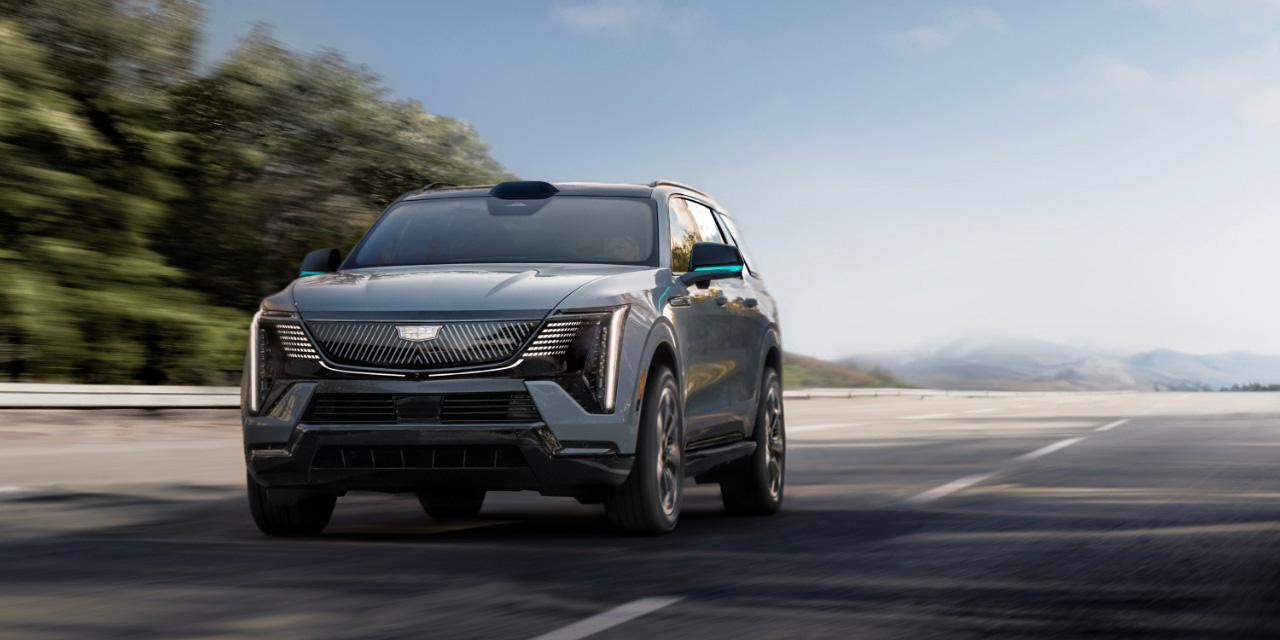General Motors (GM) is intensifying its strategy to eliminate Android Auto and Apple CarPlay from its vehicle lineup, extending this initiative beyond electric vehicles (EVs) to include future gasoline-powered models. Concurrently, GM is developing an advanced voice assistant powered by Google’s Gemini AI to enhance in-car user experiences.
Introduction of Gemini-Powered AI Assistant
In a recent announcement, GM revealed plans to integrate a new AI voice assistant, utilizing Google’s Gemini technology, into upcoming models across its Buick, Chevrolet, Cadillac, and GMC brands. This assistant is designed to facilitate natural, conversational interactions, enabling drivers to seamlessly access phone-based services such as messaging and integrate with vehicle-specific functions like navigation. By leveraging vehicle data, the assistant aims to provide personalized and context-aware information to users.
GM elaborated on this development:
> Beginning next year, GM vehicles will feature conversational AI with Google Gemini, making it possible to talk to your car as naturally as you would to a fellow passenger. In the future, GM will introduce its own AI, custom-built for your vehicle. With your permission, it will be fine-tuned with your vehicle’s intelligence and your personal preferences, all connected by OnStar. This could include explaining one-pedal driving in your new vehicle, spotting a maintenance issue early, or finding the perfect place for dinner en route to your destination.
This initiative is slated for implementation in the coming year, marking a significant step in GM’s commitment to integrating advanced AI technologies into its vehicles.
Expansion of Android Auto and CarPlay Removal
GM’s decision to phase out Android Auto and Apple CarPlay began with its electric vehicle lineup and is now set to encompass future gasoline-powered models. In an interview with The Verge, GM’s CEO Mary Barra and Sterling Anderson discussed the company’s evolving stance on smartphone projection systems. When questioned about the absence of Android Auto and CarPlay in gas-powered vehicles, Barra indicated that the removal aligns with the timing of software updates to the vehicles. She confirmed that as GM’s new software platform undergoes major rollouts, the expectation is that new gasoline vehicles will also forgo smartphone projection capabilities.
This move reflects GM’s broader strategy to develop and control the in-car infotainment experience, reducing reliance on external smartphone integration systems. By focusing on a proprietary software ecosystem, GM aims to offer a more cohesive and integrated user experience that aligns with its technological and business objectives.
Rationale Behind the Shift
GM’s transition away from Android Auto and CarPlay is driven by several factors:
1. Enhanced Integration: By developing its own infotainment system, GM can achieve deeper integration with vehicle functions, offering features tailored specifically to its models. This includes advanced navigation systems that account for vehicle-specific data, such as battery status in EVs or fuel efficiency in gasoline vehicles.
2. Data Control and Monetization: Managing the infotainment ecosystem allows GM to collect valuable data on user behavior and vehicle performance. This data can inform future product development and open new revenue streams through personalized services and subscriptions.
3. Improved User Experience: GM argues that a native infotainment system can provide a more stable and reliable user experience compared to smartphone projection systems, which may suffer from connectivity issues or limited functionality.
4. Safety Considerations: By reducing the need for drivers to interact with their smartphones, GM aims to minimize distractions and enhance overall vehicle safety. The integrated system is designed to offer essential functions without the potential pitfalls associated with smartphone use while driving.
Industry and Consumer Reactions
The automotive industry and consumers have expressed mixed reactions to GM’s strategy. Supporters appreciate the potential for a more integrated and seamless user experience, as well as the safety benefits of reducing smartphone distractions. However, critics are concerned about the loss of choice and flexibility that comes with removing widely-used systems like Android Auto and CarPlay. Additionally, there are apprehensions about the potential for increased costs associated with proprietary systems and the necessity for consumers to adapt to new interfaces.
Future Implications
As GM continues to implement this strategy, several implications emerge:
– Technological Development: GM’s investment in AI and proprietary software development positions the company as a leader in automotive technology innovation. The success of the Gemini-powered assistant could set a precedent for other manufacturers considering similar integrations.
– Market Differentiation: By offering a unique infotainment experience, GM differentiates its vehicles in a competitive market. This could attract tech-savvy consumers seeking advanced in-car technologies.
– Consumer Adaptation: The shift requires consumers to adapt to new systems, which may present a learning curve. GM will need to ensure that its proprietary system offers a user-friendly interface and robust functionality to gain widespread acceptance.
– Regulatory Considerations: As in-car technology becomes more advanced, regulatory bodies may scrutinize these systems to ensure they meet safety and privacy standards. GM will need to navigate these considerations as it rolls out its new infotainment platform.
Conclusion
GM’s decision to expand the removal of Android Auto and CarPlay to future gasoline vehicles, coupled with the introduction of a Gemini-powered AI assistant, marks a significant shift in the company’s approach to in-car technology. By focusing on proprietary systems and advanced AI integration, GM aims to offer a more cohesive, personalized, and safe driving experience. While this strategy presents opportunities for innovation and market differentiation, it also poses challenges in terms of consumer acceptance and adaptation. The automotive industry will be closely watching GM’s implementation of these changes and their impact on the market.



